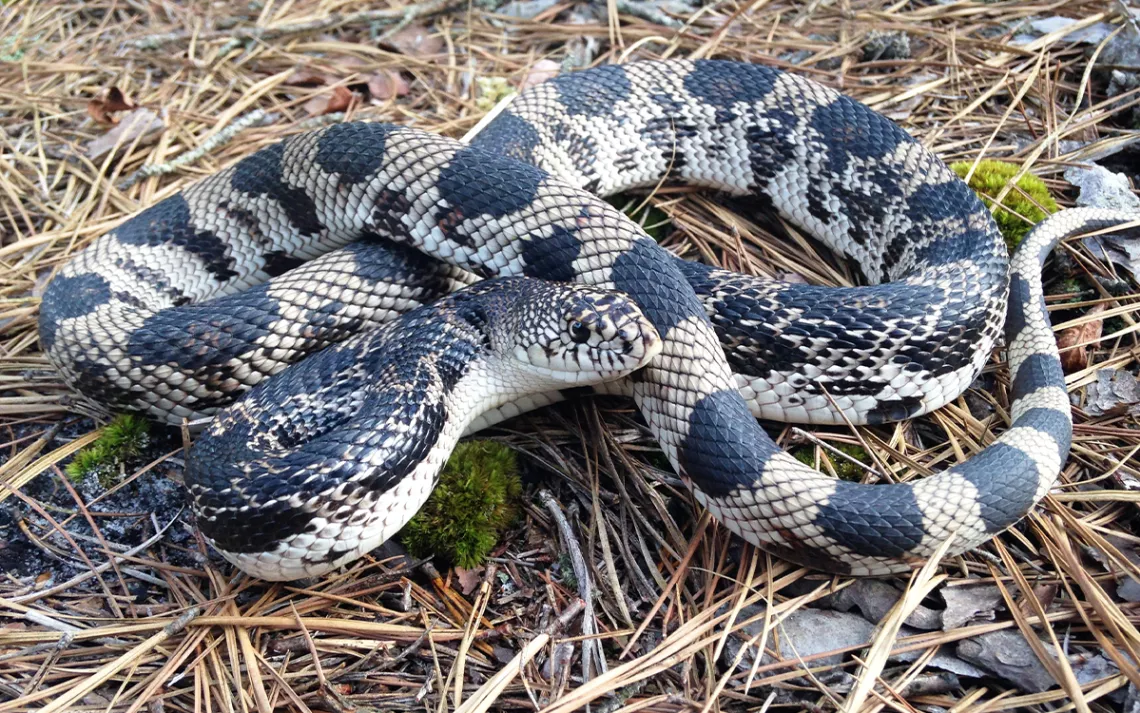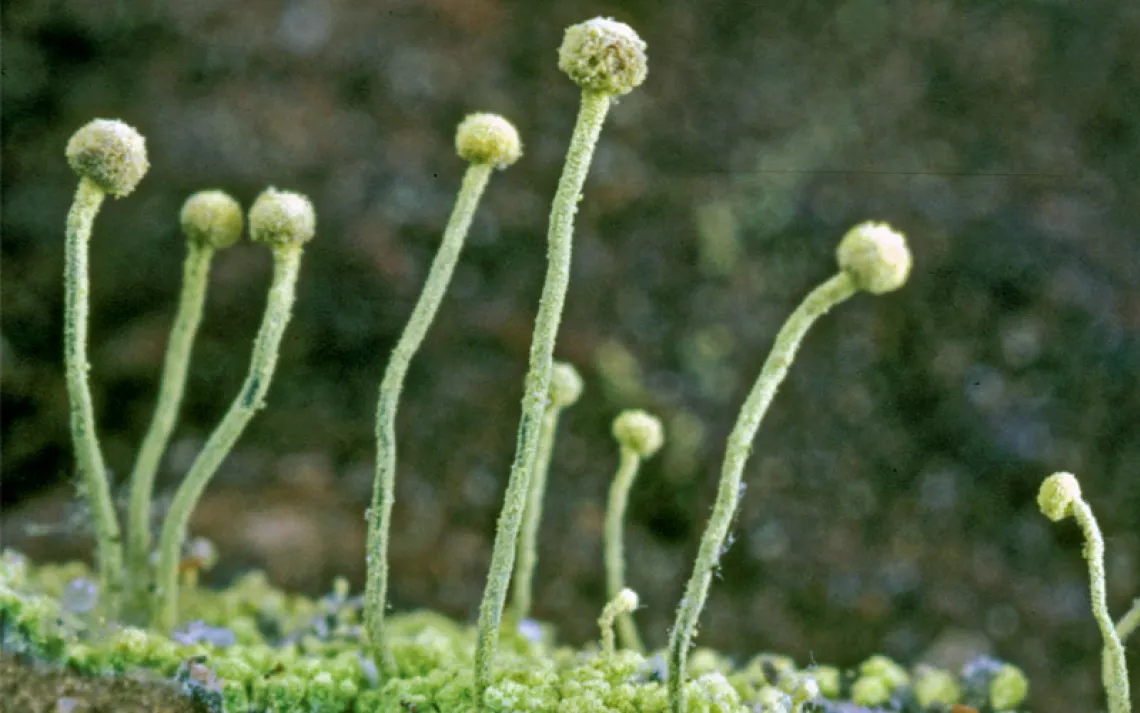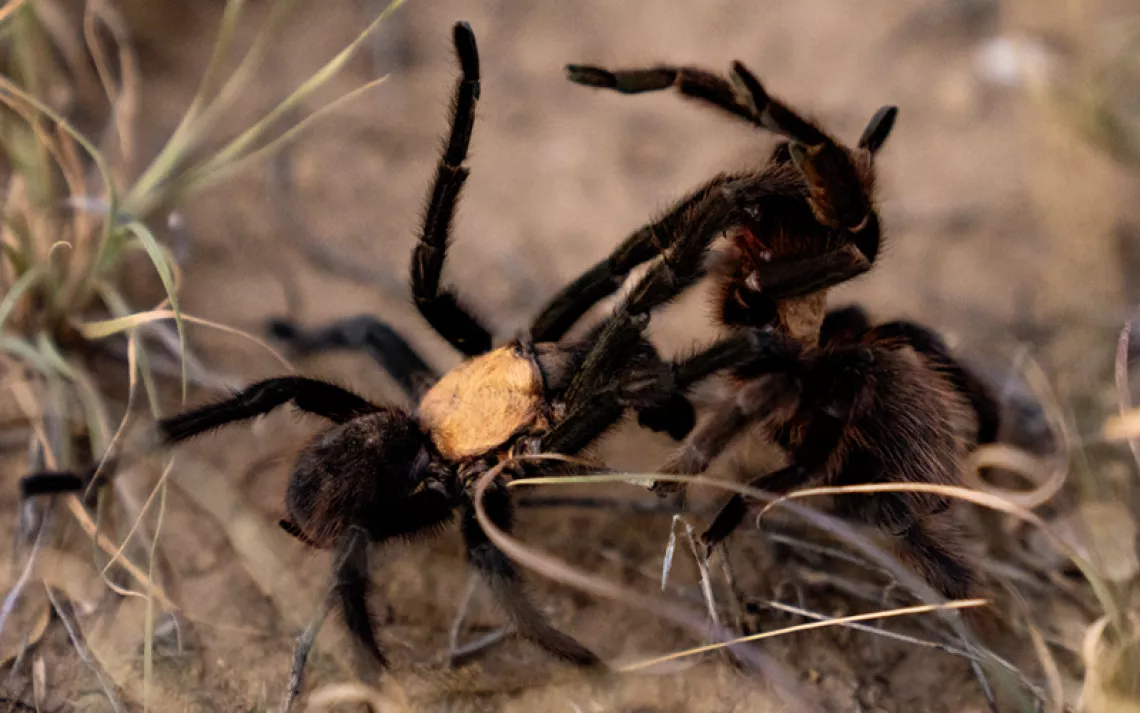This Snake Species Has Been Missing in Virginia for 30 Years
Scientists are hoping to change that with help from the public

Pine snake. | Photo by Jeff Dragon
As a kid, one of Kevin Hamed’s heroes was Mel Fisher, a treasure hunter who spent his life searching for shipwrecks off the coast of Florida. Hamed, now a Virginia Tech herpetologist, was inspired by Fisher’s pursuit of treasure and enduring optimism that “today’s the day” he would strike gold. Hamed uses the same phrase to encourage his students while out in the field, but they’re searching for a different kind of treasure—northern pine snakes.
These elusive snakes haven’t been seen in Virginia in over 30 years, but there’s not really a clear answer as to why. Pine snakes are fossorial, meaning they dig burrows underground to find food and hibernate, so they are a bit hard to spot in the first place. There might be some human-driven causes too, from development projects encroaching on habitat to the bad rap snakes generally get among the public. These problems persist across their fragmented range from New Jersey to Tennessee and the Carolinas and may be contributing to the declining population across the board, with Virginia being the most staggering example: No one has seen a pine snake in the state since 1989.
Because of this absence, scientists and state officials really don’t know how pine snake populations are doing, or if they’re in danger of being extirpated from the state. So, to figure out how to help these snakes, Hamed and his students are leading the charge to find them. “We’re just wanting to find out what we can about the animal for the biodiversity of Virginia,” he said. “So our hope is we can find the animal and start working with habitat and other things to help increase its numbers.”
The Virginia Department of Wildlife Resources began funding Hamed’s work with camera traps for pine snakes in May 2021 and will continue to do so through the end of August, but Hamed is looking for additional funding to keep it going. These traps use cameras inside upside-down buckets, which are placed around the openings of a drift fence to take pictures of anything that slithers or sneaks around the fence. To cover more ground in their search, he and the DWR have also turned to the public for help. They’ve asked Virginians to keep an eye out and take photos of snakes they think could be pine snakes. Once they think they’ve seen a pine snake, these community scientists submit their photos and other location information to Hamed and the DWR through the project’s website or via email. After two years, they’ve received hundreds of submissions from community scientists hoping to help find the missing snakes.
“You always want to keep a bit of hope out there in the hopes that somebody would happen to stumble across one somewhere,” said J.D. Kloepfer, the state herpetologist with the DWR. “It would be the discovery of a lifetime for this state, that’s for sure.”
The northern pine snake does have a few lookalikes, including juvenile eastern rat snakes, which have similar pine snake coloration patterns to untrained eyes. So far, most of the submissions have been rat snakes, but Hamed says they’ve received at least one submission that they believe is a true pine snake. “I really truly believe that they’re still there, I think we just have to figure out how and where to find them,” he said.
Even though most of the submissions have not been pine snakes, Hamed still takes every opportunity he can to educate the public about snakes and why they are important for healthy ecosystems. Studies have shown that people generally have either very positive or very negative attitudes toward snakes, so Hamed sees this as an opportunity to make more people in the “very negative” category more aware of snakes’ roles in their habitats. Once he receives a submission, he gets in touch with the community scientist to explain why the snake they submitted is or is not a pine snake and provides information about the species they did find. He hopes that this outreach, along with other education efforts, will reach those who would ordinarily go out of their way to kill a snake and make them stop and think before senselessly harming it.
“Every snake someone sees now, they think it’s a pine snake, but that’s good though,” Hamed said. “I would much rather have people send us these things, and it gives us a chance to talk about snakes and educate people.”
One of these roles includes keeping the population of small rodents and mammals in check, which in turn can reduce tick populations. Ticks use these small animals to advance their life stages, which may infect them and lead to the spread of Lyme disease in humans. Studies have shown that as snake populations decline in certain areas, tick populations increase in those same areas. Hamed speculates that the reason the tick populations at his field sites are so bad may be because there are no longer pine snakes in the area to control the populations of those smaller animals. “If you’ve got a healthy ecosystem with great biodiversity that’s doing ecological services for us, you don’t have to worry about Lyme disease nearly as much,” he said.
If the project were to continue in the same capacity with camera traps and community science participation with few to no new potential sightings, Hamed and Kloepfer both said it may signal that pine snakes are no longer in Virginia. If this were the case, there are talks of bringing them back by introducing individuals from other areas such as New Jersey, where they are more plentiful since they reside in the protected Pinelands area. New Jersey has also designated the snake as threatened, so it receives special protections under state law. However, relocating these snakes to Virginia would require lots of costly planning and resources. And, Kloepfer speculates, the habitat in Virginia may just not be conducive to their survival anymore due to anthropogenic effects. “We definitely have our fingerprints all over it, that’s for sure,” he said.
Losing the snake in Virginia would also be another loss for Appalachia, which is historically one of the most biodiverse areas in North America. Kloepfer says pine snakes have been around since the last ice age, and losing them would be losing a part of the state’s history.
“Love them or hate them, they do have a role in our ecosystems out there. They’re part of Virginia’s natural history,” he said. “It’s really sad that one day we may have to list that snake as being extirpated, that we’ve lost it.”
 The Magazine of The Sierra Club
The Magazine of The Sierra Club



